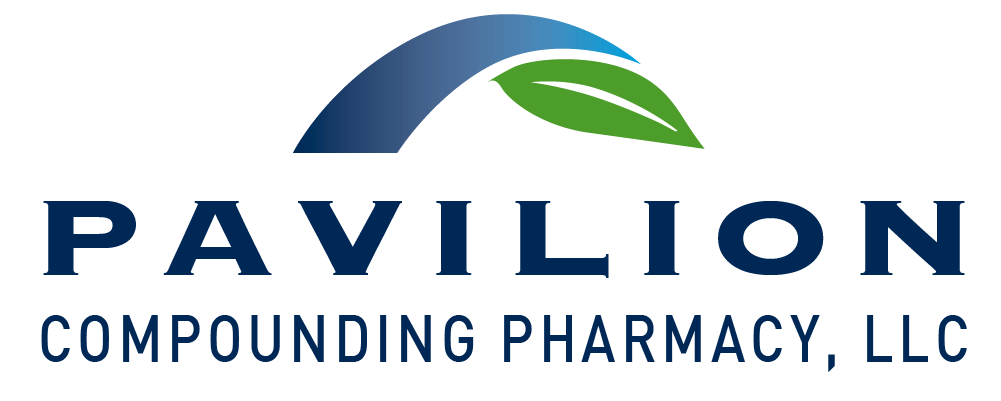Since the appearance of the first cases of COVID-19 in Wuhan, China, there have been several symptoms commonly associated with SARS-CoV-2 infection. Two of them, partial or full loss of taste and smell, are considered more predictive of infection than all the other symptoms, including cough, fever and fatigue. A systematic review of six studies showed that 60% of infected patients had loss of smell and 56% had loss of taste prior to the appearance of other common signs and symptoms of COVID-19.1 This is not as prevalent since the emergence of the delta variant, with anosmia occurring in 13% of the patients according to a study by the U.K. Health Security Agency.2 Considering the infection rates, however, it’s still a significant issue for many patients. This article brings together research on possible treatment options for persistent partial loss of smell (hyposmia) and persistent complete loss of smell (anosmia)
PREVALENCE OF HYPOSMIA AND ANOSMIA IN COVID-19 PATIENTS
A study of patients with COVID-19 conducted by Parma et al. (2020) looked at 4,039 patients in 41 different countries and found that 89% of them reported some degree of loss of smell.3 Another study by Lichien et al. (2021) reported that 81.6% of infected patients experienced total loss of smell and 18.4% experienced partial loss of smell.4 These studies set the background for the emergence of this issue over the first year of the pandemic. As mentioned above, this has become less of an issue in patients infected with later variants compared to the original SARS-CoV-2 virus, but it’s still a clinical need for patients. Hyposmia and anosmia can also persist for long periods as part of what the CDC has called “long COVID,” or persistent post-COVID syndrome, which is when symptoms continue beyond four weeks after initial infection.5 Lichien et al. (2021) also found that after 60 days, 24.5% of the total patient population in their study still had not recovered their sense of smell.5 Renaud et al. (2021) looked at a group of 97 patients who were treated at the University Hospital of Strausberg over the period of one year. They found that hyposmia or anosmia can persist in patients for four months to a year without self-resolution.6 All of these studies show us the need for treatment options for this symptom when it persists beyond the original infection period.
PROPOSED MECHANISMS OF OLFACTORY DYSFUNCTION
Researchers still aren’t certain how the virus causes olfactory dysfunction. In their systematic review of studies, however, Nita et al. (2021) identified several hypotheses proposed by experts. One proposed mechanism is based on the ability of the virus to cross the blood-brain barrier via the bloodstream. Other possible routes of entry include the olfactory nerves, the cribriform plaque or the peripheral trigeminal nerve. Another study looked at the increase in levels of interleukin 6 and how inflammation in the nasal cavity can potentially affect olfactory neuronal function similar to chronic rhinosinusitis.1 Since we currently have no definitive answer as to the actual mechanism, it is prudent to look at literature that discusses treatment of hyposmia or anosmia caused by infections for clues as to what therapy may possibly be effective.
POSSIBLE TREATMENT OPTIONS
Regardless of the mechanism of dysfunction involved, there are several proposed treatment options for prolonged hyposmia or anosmia discussed in literature. Most of these options were researched prior to the COVID-19 pandemic as treatment for post-infectious or post-traumatic hyposmia or anosmia.
Olfactory Training
One possible treatment option discussed in the literature is olfactory training. There are several types of olfactory training that may be employed. Most involve the use of a series of substances with significant odor qualities that the patient is exposed to multiple times in a day. This therapy can continue for weeks to months depending upon response.1 It has also been studied in combination with other treatments, as outlined below.
Intranasal Vitamin
A Another possible treatment option is intranasal vitamin A. Vitamin A can promote olfactory neurogenesis because of its ability to regenerate the olfactory neuroepithelium.7 A retrospective study from 2017 by Hummel et al. compared the effectiveness of intranasal vitamin A in post-infectious and post-traumatic smell disorders with olfactory training. Patients were treated with either olfactory training alone or a combination of olfactory training and intranasal application of vitamin A 10,000 units daily over a period of two months. Patients applied vitamin A in a drop method with the head tilted back. Researchers followed up with the patients after 10 months and found that patients in the group that used combination therapy had the best response, with a 37% improvement compared to 23% improvement in the group with olfactory training alone. This study shows us that intranasal vitamin A 10,000 units applied daily for two months may be useful in treating these patients.8
Theophylline
A third possible treatment option is theophylline. Henkin and Velicu (2009) performed a study to understand why and how hyposmia and hypogeusia (loss of taste) occur. They determined that patients with this disorder have lower levels of cyclic adenosine monophosphate (cAMP) and cyclic guanosine monophosphate (cGMP) in the saliva and nasal mucosa compared to healthy subjects. They found an association between these levels and the severity of symptoms as well.9
In general, theophylline has several proposed mechanisms of action for its activity in several different conditions. It is thought to inhibit phosphodiesterase, thus increasing secondary messengers like cAMP and cGMP. This helps assist in the regrowth and restoration of the olfactory neuroepithelium.1 In an open-label, controlled trial of 312 patients with hyposmia and hypogeusia, oral theophylline was administered to test this proposed mechanism. The dosing range was from 200-800 mg daily for periods of two to 12 months. The results of this study showed that oral theophylline treatment successfully corrected hyposmia in more than 50% of the patients.10
The challenge with this study was that as the dosage of theophylline increased, adverse events also increased. Therefore, the researchers chose to test whether a lower dosage of theophylline in a nasal spray would give the same result with less adverse events. They chose 10 patients from the original study group of 312. These patients had submaximal results from the oral theophylline, and they hadn’t increased their dosages because of adverse events. They were also required to have a mean serum theophylline level that was unmeasurable before starting the second phase.10
Theophylline 20 μg/dose was administered as a nasal spray in each nostril daily over a four-week period. The researchers evaluated the patients each week over the course of four weeks. This smaller study showed that intranasal theophylline was safe and more effective than oral theophylline in correcting hyposmia and hypogeusia. The researchers measured improvement as early as one week, and maximal improvement varied from one to four weeks. The lowering of the dosage also avoided systemic adverse events.10
The literature gives three options as possible therapies for patients experiencing post-COVID hyposmia or anosmia: olfactory training, intranasal vitamin A or intranasal theophylline. For two of the options, vitamin A and theophylline nasal sprays, the dosage form is not currently commercially available. This is a patient need that could be fulfilled by Pavilion Compounding Pharmacy in consultation with the patient’s prescriber.




